

|


|
Tamiya King Tiger (Henschel Turret) - Full Option Kit - 56017
|
Released by Tamiya on November 6, 2002, the German King Tiger (Henschel Turret) (#56017) is the Complete Full Option Kit version, with a battery, charger and 4-channel radio system included.
A front-mounted double gearbox, with two electric motors, operate together or individually to produce forward/reverse running and pivot turning. Metal torsion bars and suspension arms combine with the wide tracks to smoothly absorb bumps and dips in the terrain and provide high manoeuvrability. In addition, realistic engine sounds accompany the tank as it starts up, drives and stops to idle. The main gun can be elevated, depressed and swung to the left and right.
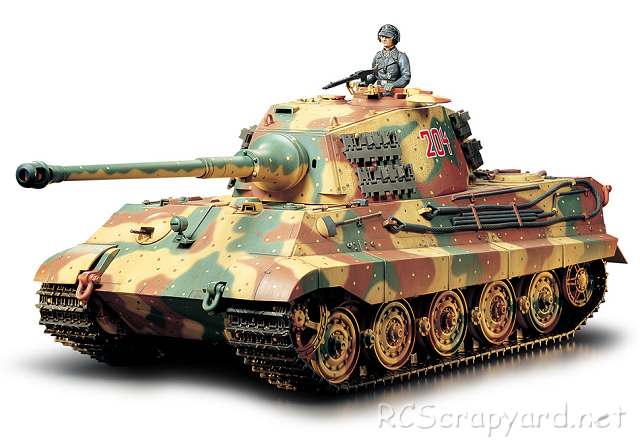
The German King Tiger tank first appeared towards the end of the 2nd World War in 1944. The heavy armored design has 150 mm front plates and 80 mm side plates, with 700 horsepower Maybach HL 230 - P 30 engine. The first 50 prototypes came with a turret designed by Porsche, but the mass production type came equipped with an improved turret designed by Henschel and a powerful gun which can penetrate 150 mm thick armor plate at 2000 m. Approximately 440 King Tiger tanks were produced from the summer of 1944 to March 1945. The German army intensively used it in the battle of the Ardennes in December 1944 and it was a major threat to the advancing Allied Army towards the end of the war.
This model comes with metal bushings, that after a short while, when dust and grit get into them, can actually wear into the metal drive shafts that spin in them - we recommend these should be replaced by a full set of steel shielded ball bearings ASAP.
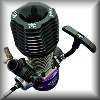
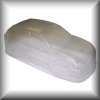
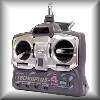
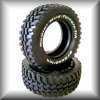
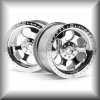
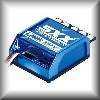
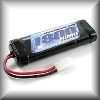
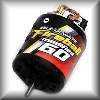
|
|
|

|
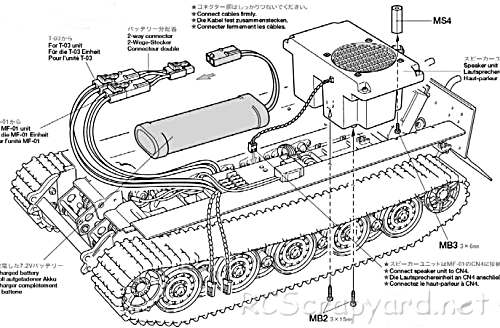
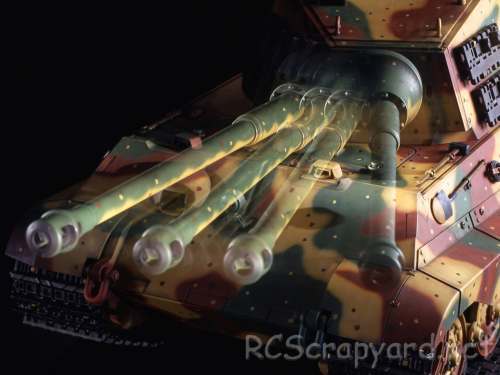
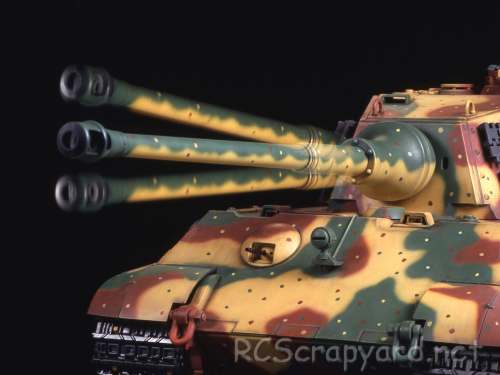
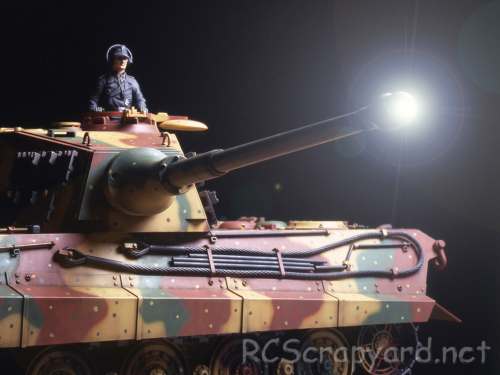
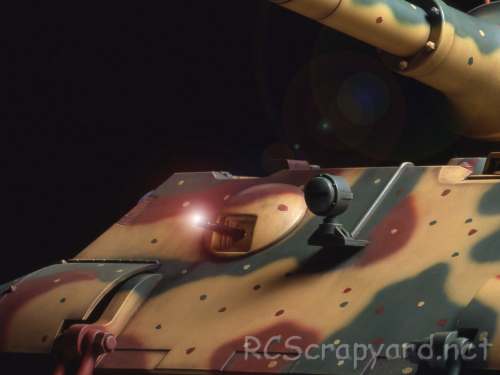
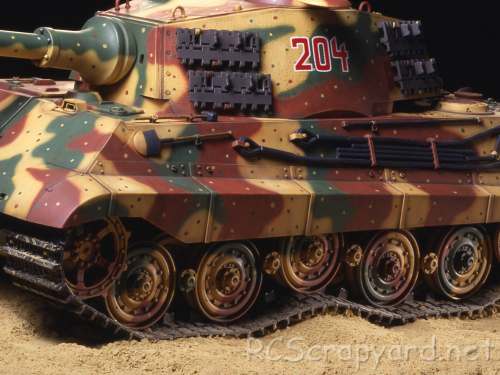
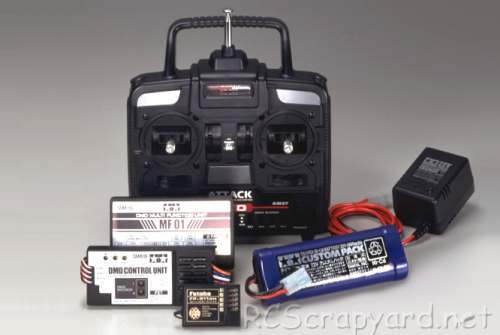
|
Hints, Tips and Information
How to avoid Radio Interference
1/ The first consideration when installing your Receiver into your Electrically Powered Model is to make sure it is well away from the Negative Battery terminal, and the Motor. The Magnetic field can cause stuttering type interference at times of high current draw (i.e., Fast Acceleration) |
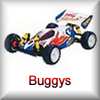
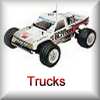
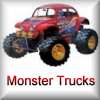
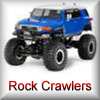
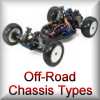
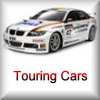
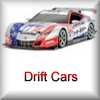
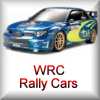
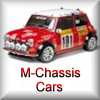
|
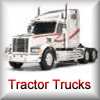
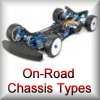
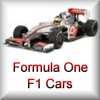
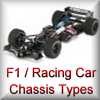
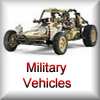
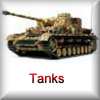
|
|
|
|
Hints, Tips and Information How to Charge Rechargeable Batteries for Peak PerformanceNi-Cad (Nickel Cadmium) Batteries
1/ All Ni-Cad Batteries have to be Discharged soon after use. This is to avoid the dreaded "Memory" effect that on subsequent re-charges can cause a momentary drop in performance during a race. A simple discharger can be made from a car 12v bulb.
Ni-Mh (Nickel Metal Hydride) Batteries
1/ Never charge Ni-Mh batteries at a current higher than 4.5 amps. Although these batteries can give a higher voltage than Ni-Cad Batteries, they are much more sensitive and easy to damage if charged too quickly. |
|
Hints, Tips and Information
Tire Compounds
Way back in the early 1990s when I first got into RC, most of the off-road models available came with chunky hard compound block tires that gave little or no grip on grass or dirt tracks. On-road didn't have this problem as they were still using sponge tires that with a coating of wintergreen based tire additive before each race to improve grip. There was even one guy who swore, before every race, he dipped his wheels in a glass of light ale. |
|
RC Models:
|
Radio & Motors: |
Other
Accessories: |